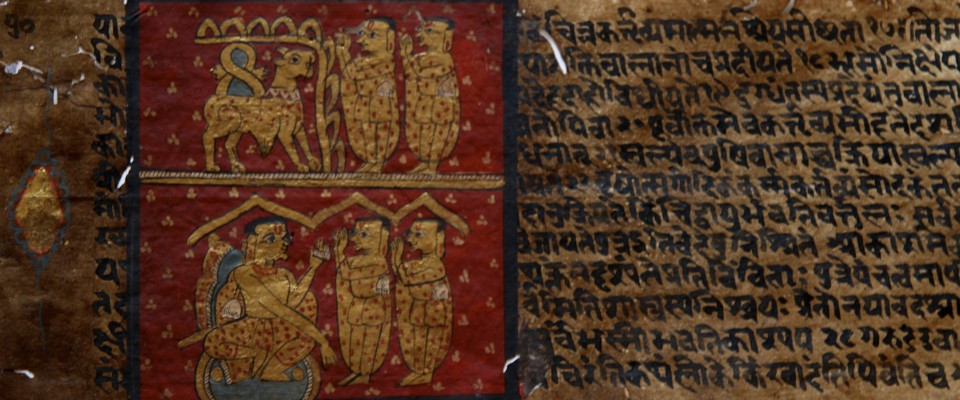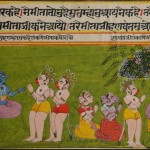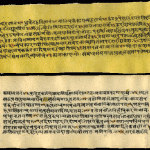Warning: Array to string conversion in /home/ashtangarc/www/wp-content/plugins/carousel-without-jetpack/carousel/jetpack-carousel.php on line 252
Warning: Array to string conversion in /home/ashtangarc/www/wp-content/plugins/carousel-without-jetpack/carousel/jetpack-carousel.php on line 252
Warning: Array to string conversion in /home/ashtangarc/www/wp-content/plugins/carousel-without-jetpack/carousel/jetpack-carousel.php on line 252
Warning: Array to string conversion in /home/ashtangarc/www/wp-content/plugins/carousel-without-jetpack/carousel/jetpack-carousel.php on line 252
Warning: Array to string conversion in /home/ashtangarc/www/wp-content/plugins/carousel-without-jetpack/carousel/jetpack-carousel.php on line 252
Warning: Array to string conversion in /home/ashtangarc/www/wp-content/plugins/carousel-without-jetpack/carousel/jetpack-carousel.php on line 252
Getting to know Sanskrit “devanagari” (the script of the Gods), is fundamental for those wishing to study Indian culture and the disciplines belonging to it like Yoga teaching.
- Devanagari Manuscript
- Painting from Ramayana manuscript in Devanagari
- Rig Veda Text
- Yoga sutra in Sanskrit
- Watch in Sanskrit
- Devanagari Manuscript
For example: Yoga and the Āyurveda use terms in “sanskrit”.
Yoga postures, placing and body positions are all written in sanskrit generally. Prefixes are used for several postures to explain a variation, a direction, a sense.
- Ardha, means “half”, “lateral”
- Adho means “downwards”
- Baddha, means “linked”
- Madhu, means “down”
- Parivrtta, means “returned” or “tensed”
- Supta, means “turned over”
- Urdhva, means ‘upwards’
- Utthita, means “stretched”
- etc.
Knowing the way to pronounce and the meaning of the word helps you to understand the symbolism, and spiritual and philosophical concepts.
Sanskrit is not only a sacred language, it is also a vibrant force.
“Sanskrit is therefore truly the transcendent power, and as such, it is ‘the technical instrument of the rite of fulfilment of the presence and action of God ‘.
P.S. Filliozat
Knowing Sanskrit helps you develop your philosophical and postural practices.
The relationship to the original language enables us to place ourselves in the present time and create links for the future. In the face of the chaotic development of contemporary yoga, it is good to identify safe paths in the jungle of words and images and to make yogic science global in a correct manner. The use of Sanskrit remains the key to that transformation. It is the agenda. This is not an inflexible return to tradition. Rather a firm basis from which to serve wisdom and perpetuate profundity… »
Micheline Flak
Further reading:
- Le Sanskrit, souffle et lumière : voyage au cœur de la langue sacrée de l’Inde, par Colette POGGI, aux éditions ALMORA
- Le sanskrit, par P.-S. Filliozat, (Que sais-je ?, 1416), Paris, aux éditions PUF, 1992.








